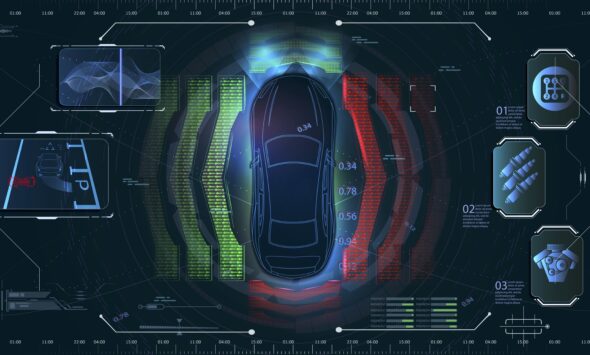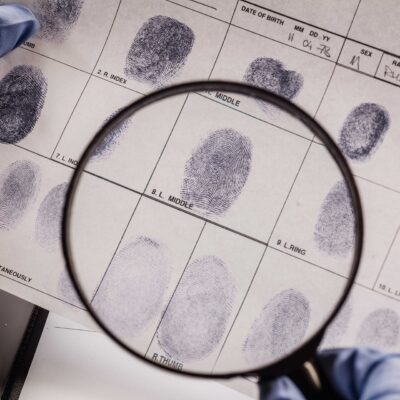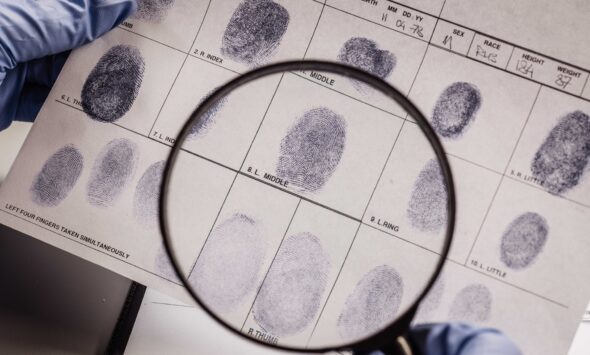Created in 1987, the Automated Fingerprint Identification System (FAED, France) stores various types of data collected during judicial investigations. Its use, strictly regulated by law, was recently modified by a decree issued on April 23, 2024.
As of January 2024, the FAED contained the fingerprints and palm prints of more than 6.7 million individuals, as well as nearly 300,000 unidentified latent prints (CNIL data). Each year, over one million new records are added. This vast amount of information makes the database a valuable tool in criminal investigations, as its consultation allows investigators to establish links between cases or to identify missing persons.
More interconnections for greater efficiency.
The FAED is far from being the only existing database. France operates several others, including the TAJ (Traitement des Antécédents Judiciaires – Criminal Records Processing System), the CJN (Casier Judiciaire National – National Criminal Record), the DPN (Dossier Pénal Numérique – Digital Criminal File), and the FPR (Fichier des Personnes Recherchées – Wanted Persons File), each of which contains millions of data entries. Added to these are the police and gendarmerie procedural software systems, LRPPN and LRPGN, which enable the automated processing of personal data.
The decree, which came into force on April 24, 2024, aims to establish interoperability among these different databases, with the clear objective of facilitating cross-references and improving overall efficiency.
Enhanced European cooperation.
The project does not solely focus on the national level; it also aims to link these national databases with European systems, allowing access to their data repositories. This will notably be the case for the Second Generation Schengen Information System (SIS II), which includes a central unit based in Strasbourg, connected to national databases in each Schengen member state. This system centralizes information on individuals or objects reported by administrative and judicial authorities across the participating countries. Another beneficiary will be the Entry/Exit System (EES), which automatically records and monitors data relating to nationals of non-EU countries traveling within the Schengen area.
In both cases, this data sharing aims to facilitate information exchange, strengthen controls, and consequently enhance security within the European area, now free of internal borders.
Des données suffisamment sécurisées ?
The decree also modifies the retention period for data stored in the FAED. It is now set at twenty-five years for crimes and certain offenses, and may extend up to forty years for specific criminal procedures.
Given the vast volume of data processed and the new interconnections among databases, concerns naturally arise regarding the protection of personal information. Following a warning issued by the CNIL (Commission Nationale de l’Informatique et des Libertés – French Data Protection Authority), which had expressed concerns to the Ministry of the Interior, measures have been implemented to safeguard data confidentiality and to ensure the automated updating and deletion of records once their retention period expires. Whether these measures will prove sufficient remains to be seen…
Source :
Décret n° 2024-374 du 23 avril 2024 modifiant le code de procédure pénale et relatif au fichier automatisé des empreintes digitales – Légifrance (legifrance.gouv.fr)
Chapitre Ier : Système d’information Schengen de deuxième génération (SIS II) (Articles R231-1 à R231-16) – Légifrance (legifrance.gouv.fr)
L’entrée dans l’espace Schengen : la future mise en place des systèmes EES et ETIAS – Ministère de l’Europe et des Affaires étrangères (diplomatie.gouv.fr)
FAED : la CNIL clôt l’injonction prononcée à l’encontre du ministère de l’Intérieur 01 février 2024 – Global Security Mag Online
Learn more: Levitra
Tous droits réservés - © 2025 Forenseek

















